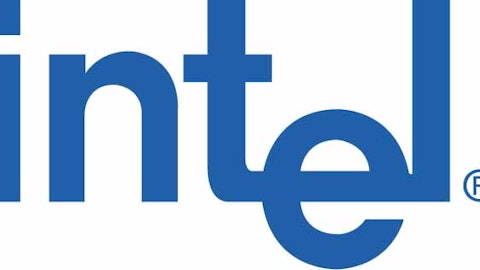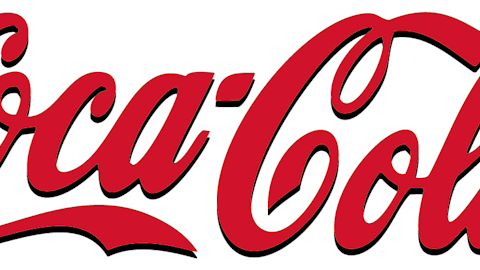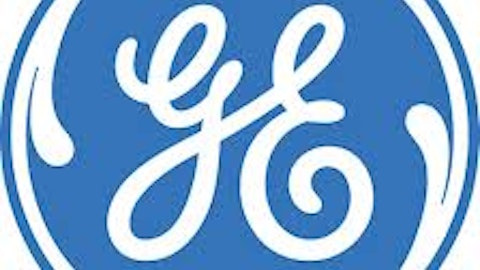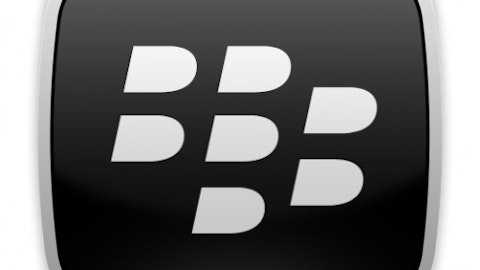National Lead
A more durable early member than most, National Lead held its spot until the Dow expanded to 20 components in 1916. National Lead, which became NL Industries, Inc. (NYSE:NL) in 1971, is one of the oldest continuously operating lead-smelting businesses in the U.S.; its earliest predecessors were formed in 1772.
North American Company
This holding company lasted only until the very next change, when it was replaced by preferred shares of a rope maker. North American was formed to finance or acquire interests in utilities and transports, and the company grew into a multibillion-dollar venture — leading to a brief second round on the Dow from 1928 to 1930 — before its final dissolution in 1946 as a result of the Public Utility Holding Company Act. During its operating lifetime, North American held interests in numerous utilities and several railroads, many of which (including Laclede Gas) continue to operate today.
Tennessee Coal, Iron and Railroad
As its name indicates, this was a major transportation and mining company. It also grew into one of America’s largest steelmakers by the turn of the century, contending with the predecessors of U.S. Steel. However, the company fell on hard times during the Panic of 1907, and its struggle became a focal point in that crisis. Banking legend J. P. Morgan arranged for U.S. Steel to acquire TCIR during the darkest days of the panic, which marked the beginning of recovery and brought TCIR under U.S. Steel’s umbrella. Today, the only remnant of that former industrial giant is one massive steel mill in Alabama, operating at a fraction of its maximum capacity.
U.S. Leather (preferred shares)
The original leather trust and the only preferred share on the original index, United States Leather was a massive operation in turn-of-the-century terms, boasting a market capitalization well north of $100 million by the time of the Dow’s creation. However, it was dissolved in 1911 along with several other trusts, and the diminished company continued to hang in there until the early 1950s, when all of its assets were liquidated. It is the only member of the original Dow to be completely wiped off the corporate map.
U.S. Rubber
Removed in the second Dow reformulation but added back in 1898, United States Rubber would hold on to its membership — with occasional appearances by its preferred shares — until 1928, when the index expanded to 30 components for the first time. U.S. Rubber grew through the 20th century, changing its name to Uniroyal in 1961. This company was taken private in the 1980s, but its tire operations were merged with Goodrich. This merger proved problematic, and French tire company Michelin acquired the Uniroyal Goodrich tire operations in 1990.
Final thoughts
It can sometimes be hard to see the connections, but many of the largest industrial companies of 1896 are still with us today, in some shape or another. Will today’s Dow components stand the test of time as well as many of its original dozen, or is the next century bound to be more tumultuous than the last?
The article What Happened to the First 12 Stocks on the Dow? originally appeared on Fool.com.
Fool contributor Alex Planes holds no financial position in any company mentioned here. Add him on Google+ or follow him on Twitter @TMFBiggles for more insight into markets, history, and technology.The Motley Fool recommends Beam, Diageo (ADR), and Unilever. The Motley Fool owns shares of General Electric Company.
Copyright © 1995 – 2013 The Motley Fool, LLC. All rights reserved. The Motley Fool has a disclosure policy.



